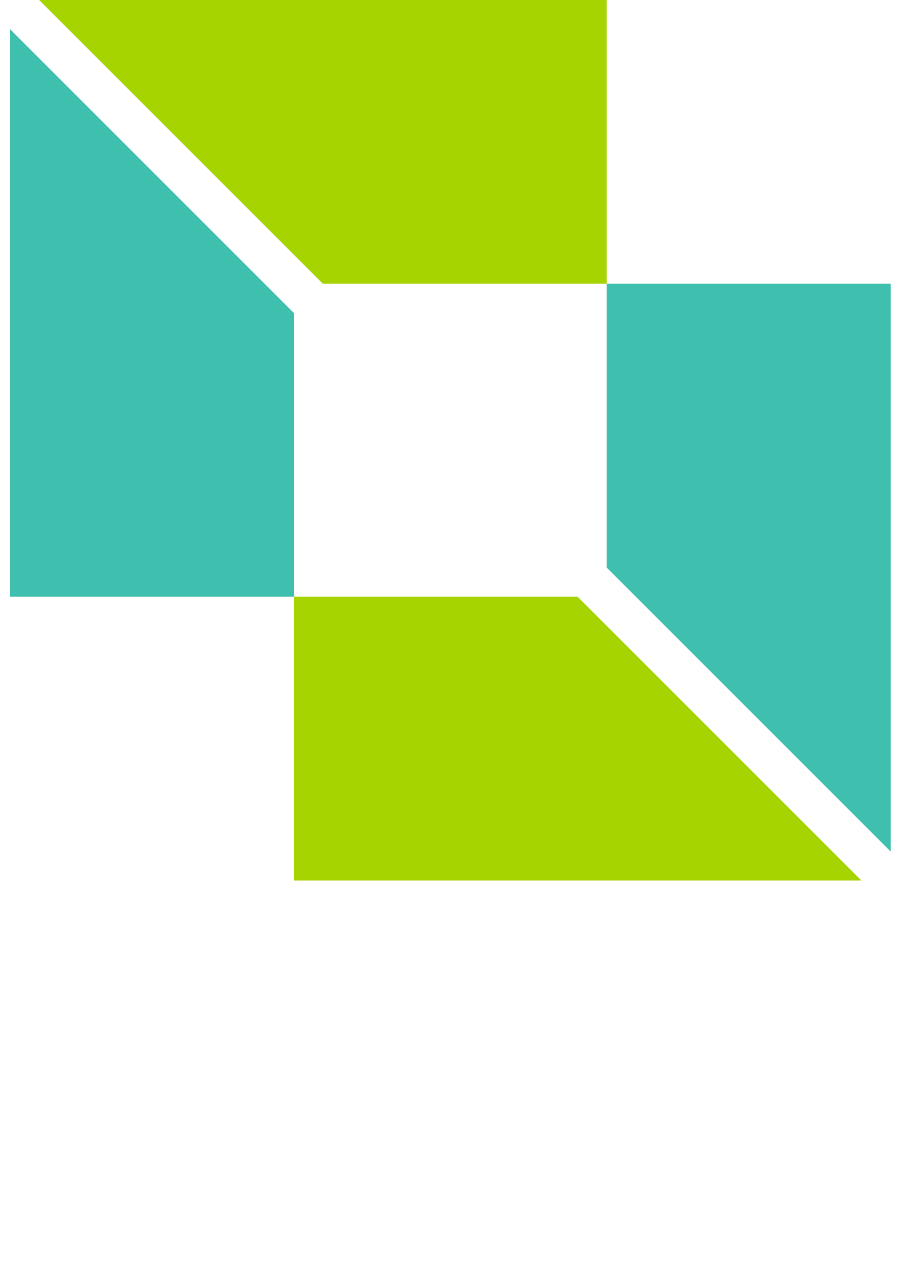The Power of the Case Method
This method was first used at Harvard in the early 20th century and has since become hugely popular thanks to its effectiveness in developing knowledge, skills, and attitudes among experienced students.
The case method taught in NUCB aims to provide the students with an “I would act this way” stance by reliving, through their own perspectives, the decision-making process faced by the protagonists of actual business situations (e.g., owners of the case company). In other words, instead of “knowledge acquisition,” it focuses on a learning experience centered on the participants, who engage in active discussions and role plays to broaden their worldview and horizons as entrepreneurs.
Preparation
The teaching materials for Case Study courses, called "case books", are distributed before the first class for students to preview. Usually, a case includes also an additional assignment (task), and it always has a defined protagonist of the story. Participants are required to read the case from the perspective of the case protagonist while thinking about a solution for the assignments the faculty professor had set in advance.
• Are you in favor or against the financial performance? (Financial Accounting) • Is the investor, Mr. A., an enemy or an ally? (Finance) • Are you in favor of the business succession to Mr. A.? (Leadership) • Are you in favor of the store expansion to the Chinese market? (Management Strategy)
Examples of Assignment Questions
- Based on your PEST analysis, choose the best method of the market entry(direct investment, joint venture, or franchising). Justify your answer. (International Management)
- “By strategically outsourcing and emphasizing a company’s core competencies, managers can leverage their firm’s skills and resources for increased competitiveness.” Critically analyze the significance of “Outsourcing” as a business strategy for a manufacturing company. (Organizational Management)
- Which kind of support do you think is most important for a startup? Any reasons? (Business Model Design)
- What role has web analytics played in enhancing the overall customer experience? How can the customer’s journey be mapped? (Marketing Research)
Group Discussion
The first 20 minutes of the lesson are allocated to a group session. Participants are divided into groups of 7-8 people and prepare for the following class discussion by exchanging opinions on the assignment.
It is important to remember that this is not the time to prepare for the class, but a time to freely discuss one's thoughts and teach one other new facts.
Group Discussion
In the case method, before the lecture, a “group session” focused on all of the cases scheduled for the day is carried out including the aforementioned assignment. This is a time when the participants independently come together to share their opinions about the case assignment and prepare for the class. Hence, the teacher tries not to interfere in the discussions, and the activities conducted here are not considered in the performance evaluation. It is important that this activity is used as a time in which the participants can comment freely and “teach each other” using the case as shared information, not as a “time to prepare a presentation.”
Cold Calling
Cold calling may be used in the case method. This is a system where the teacher asks one student a question related to the case when the class discussion begins. Many business schools around the world, including Harvard Business School, have adopted this method of starting a lecture, which requires the students to be fully acquainted with the case before the class. The designated student is then asked to comment on the case for about ten minutes. It is a chilling system that is unique to case studies, where if the student skips the assignment, he or she may lose credit for that lecture if judged not to have made any contribution to it.
Finally, the case method includes the following implicit rules:
1. There is no right or wrong answer
2. Comments are to be made for the entire class
3. The level of contribution to the class is reflected in the grades
Using previous cases as learning material to practice “how I would judge and act in that situation.” and thereby gain experience, is arguably the best aspect of the case method.
Through the analysis of real cases, the case method connects theory to practice. It also favors the development of managerial capacities such as analyzing business problems, balancing different perspectives, and presenting viable solutions.
Finally, as there is often no single solution to a problem, this system allows you to enrich yourself with multiple ideas, experiences, and points of view.
Lecture
The lecture is the part of the class where the teacher provides a complementary explanation of the contents that has been deepened through the class discussion.

 Download
Download
 Infosession
Infosession
 Application
Application
 Open Campus
Open Campus




